The Gardener's Journal
MULCH: TOO MUCH OF A GOOD THING?
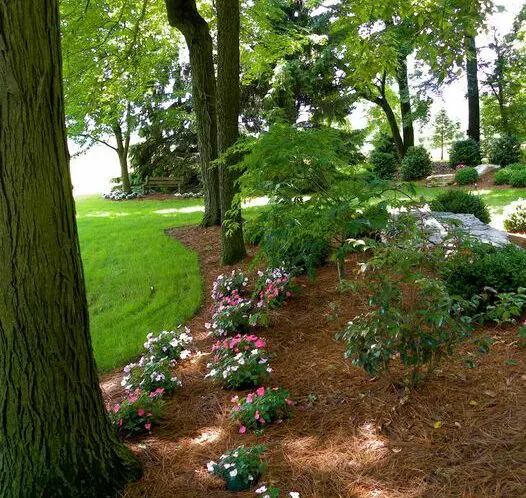
Although mulch can help to control weeds and erosion, retain moisture, and increase soil nutrients, it can threaten the well-being of any plant if applied too deeply. There are two important requirements to keep in mind when applying mulch:
1. KEEP MULCH AWAY FROM PLANT STEMS. The stem (or trunk) of a plant is prone to insect entry, rot, and strangulation by girdling roots if over-mulched, so it is important to keep mulch well away from plant stems. To find where the stem or trunk begins, locate the root collar. This is the dividing line between the stem and the roots and is usually found at the flared portion of the trunk to which the roots attach. The root collar should always be kept dry and visible; NO mulch should be applied above this point. If a plant is buried too deeply, the root flare will not be visible and the trunk will look like a telephone pole when it disappears into the earth. If the root flares on your plants are buried, remove the excess material to allow the root collar to remain clean and dry. Read our important guidelines to remember when mulching.
2. MULCH LIGHTLY. When mulch is too deep, the flow of water and air to and from the roots is cut off and valuable plants can actually suffocate. The finer the mulch, the thinner the application should be. Fine, soil-like mulch should only be applied about one inch thick; coarse mulch can be applied to a depth of three inches. Previous years’ mulch must be raked away from plants before adding new mulch, as it will have become compacted.
The photo below shows a light dressing of Pine straw mulch, our preferred mulch. It is attractive, light, and therefore easier on plants and those who mulch! (Note the visible root flares.)
Shared by Betty Hanselman
Gardener’s wife (& advocate of thriving plants)
OUR GARDEN DESIGN PROCESS
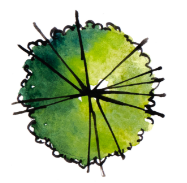
Explore
Share your goals, ideas, and project budget and we will begin to survey and plan your garden
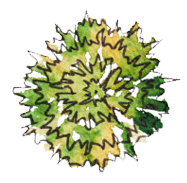
Design
We will consider all your primary view perspectives, both inside and out as we design your garden
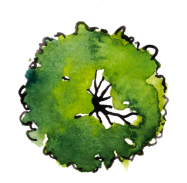
Build
Your garden dream will begin to take shape by the hands of our highly skilled craftsmen and landscapers
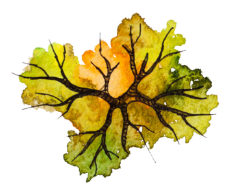
Enjoy
Your garden dream will begin to take shape by the hands of our highly skilled craftsmen and landscapers



